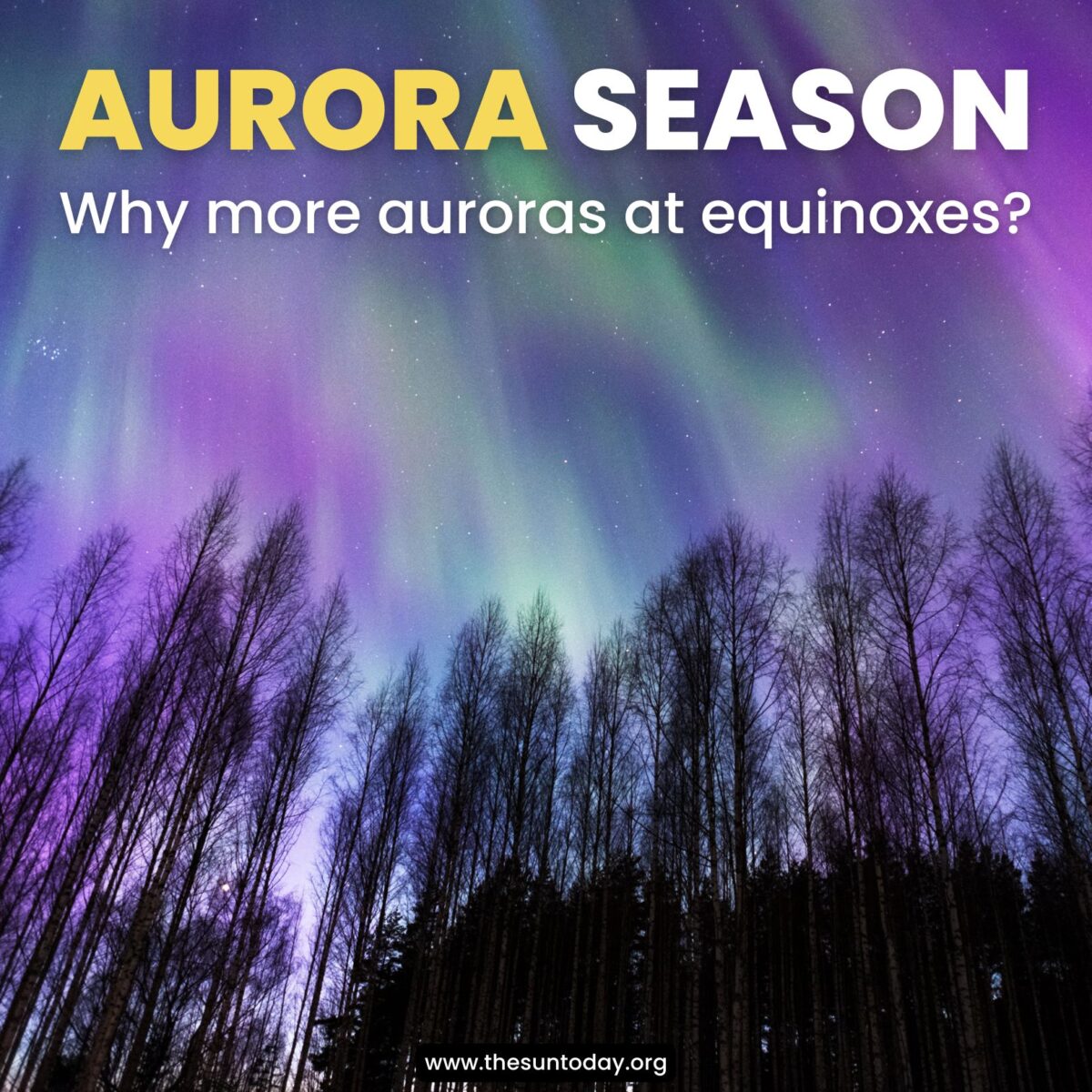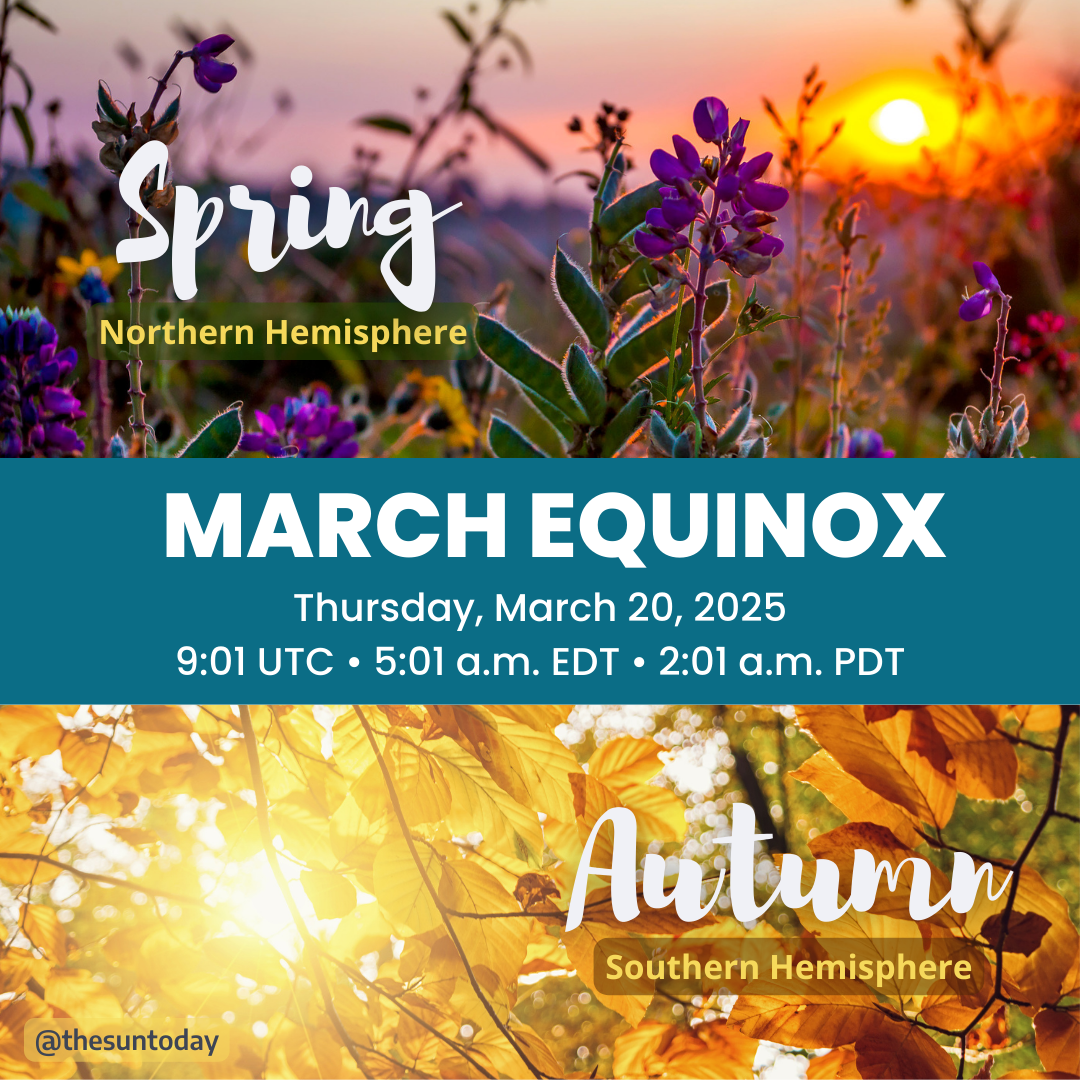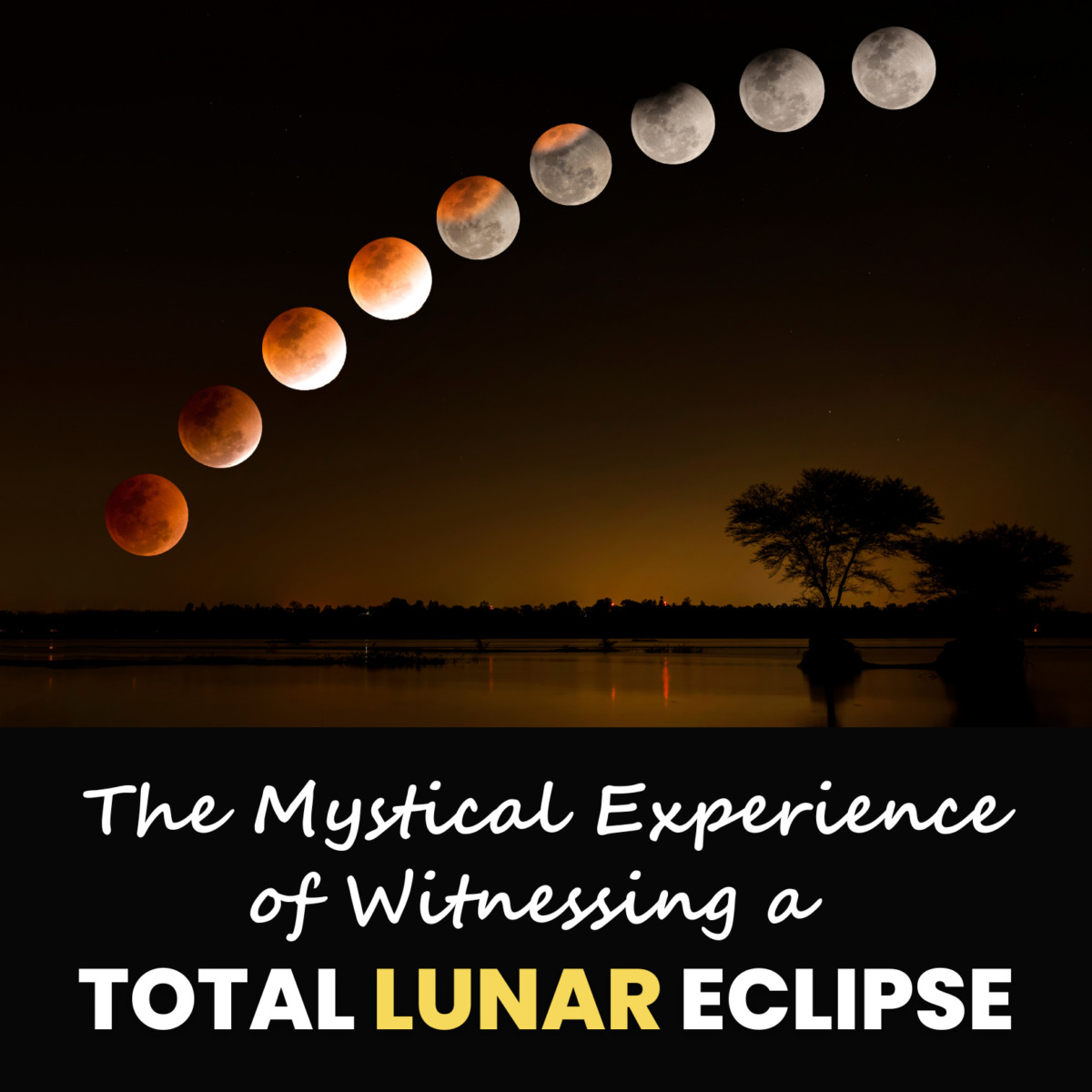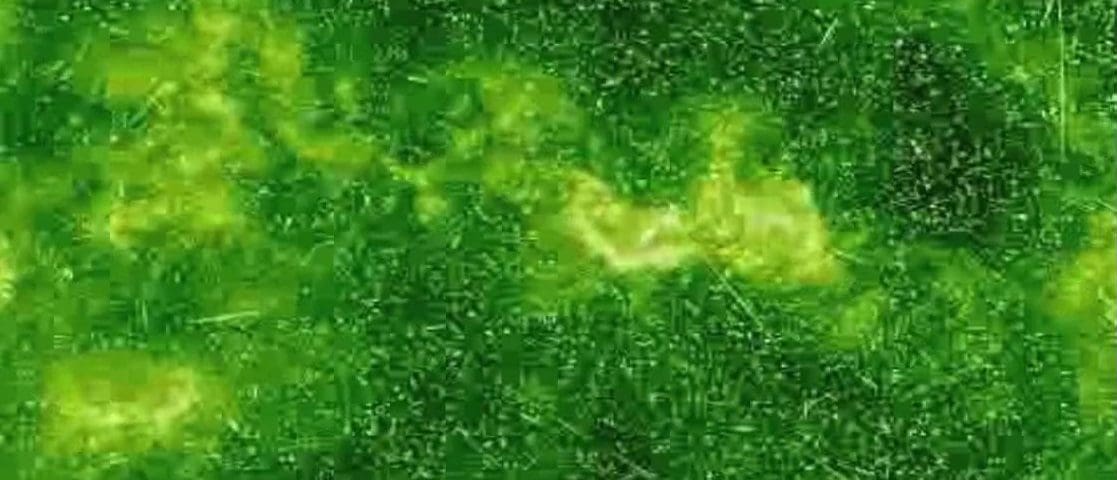
On July 14 2000, the sun produced a spectacular show! Sunspot region NOAA AR9077 when it was close to sun center let of a BANG!!!
It was what one might call a text book space weather event.
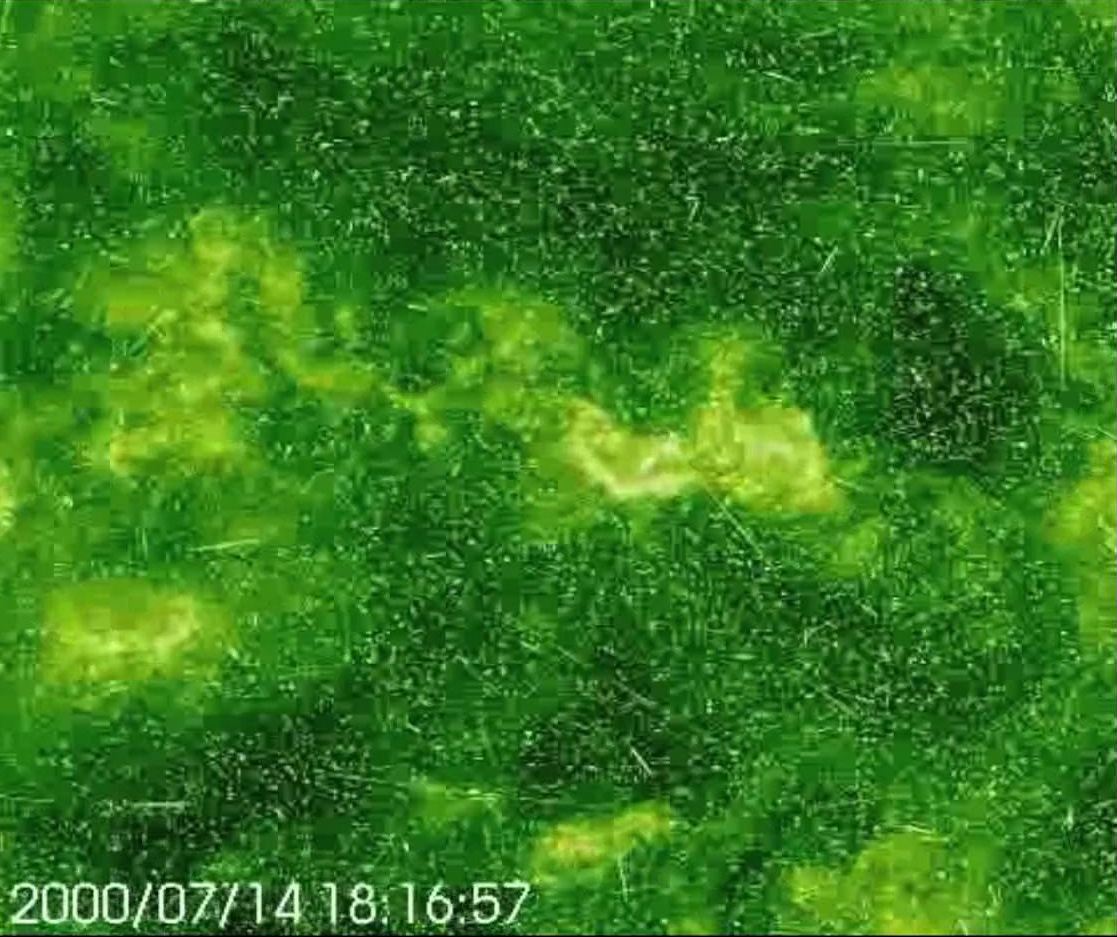
First came the flash of electromagnetic radiation, particles of light from the entire spectrum, radio up to gamma-rays, the solar flare. X-rays were observed by the GOES space x-ray monitor and on its scale the flare was classified as an X5.7 event. Not the largest flare ever but certainly a big on. The flare was also seen in extreme-ultraviolet by the EIT (Extreme UV Imaging Telescope) telescope onboard SOHO (Solar and Heliospheric Observatory) and by the TRACE (Transition Region and Coronal Explorer) telescope/spacecraft. EIT observed 195 Angstrom wavelength light and TRACE observed 171,195 and 284 angstrom light.
After the flare, came the super fast, high energy particles, mostly electrons and protons. When they hit TRACE and SOHO we see them as snow on the images. For July 14 there was a lot of snow. These particles made up one of the largest particle storms we have ever measured in space.
Lastly, out came a billion tons of solar material traveling away from the sun at around 1 million miles per hour, the coronal mass ejection or CME.
The light reached the earth in 8 minutes, the particle storm took 15-20 minutes and the CME took a few days. Because this event was on the side of the sun facing the earth and it was pointed directly at the earth, we felt the full brunt of the storm. The flare caused the upper atmosphere to swell. One science satellite experienced drag from the the atmosphere and fell out of orbit. Ground and space communications were interrupted. The high energy particles slammed into many spacecraft. This caused problems with the internal electronics of some spacecraft and solar panels were damaged including those of the solar watchdog SOHO. But one additional beautiful part of this whole event was the aurora. It was seen at least as far as Texas!


